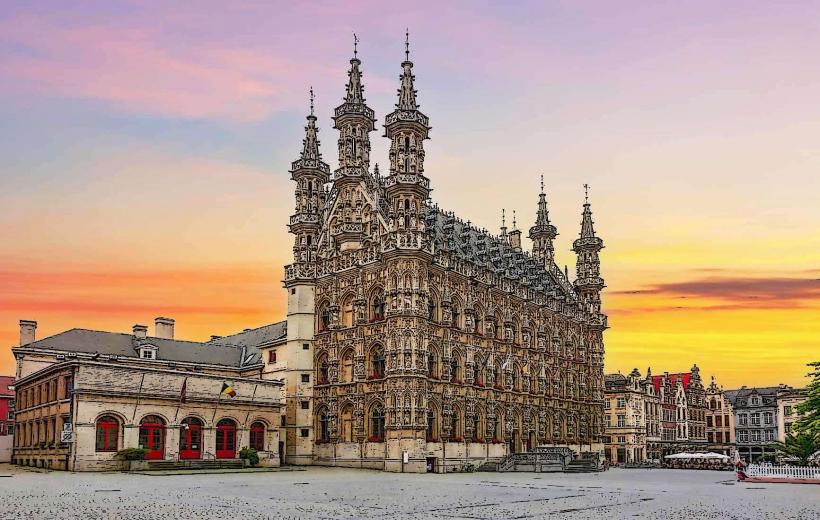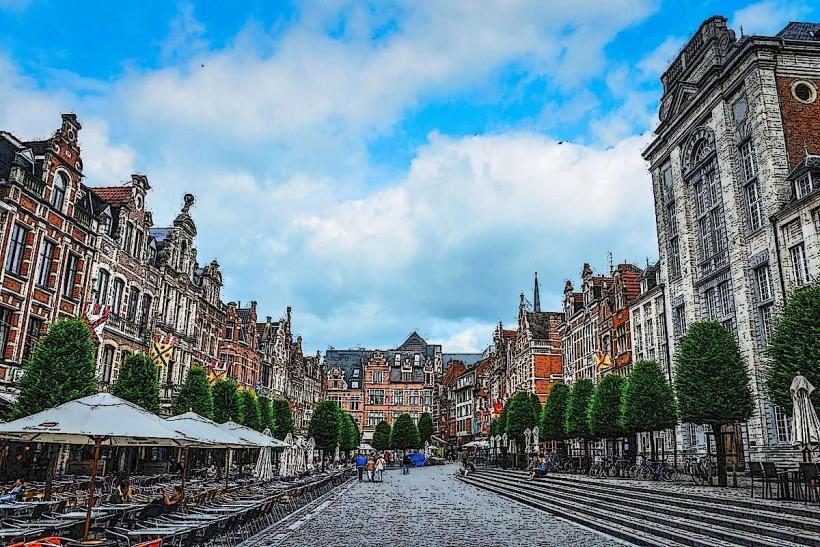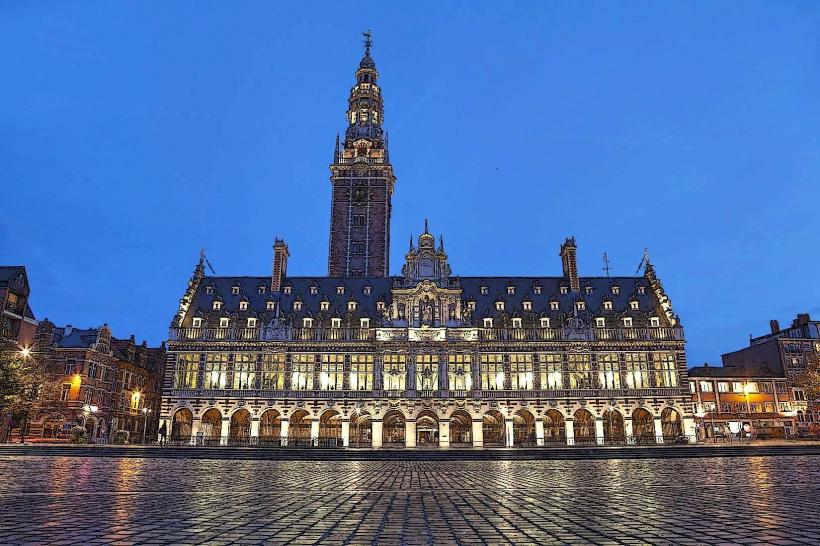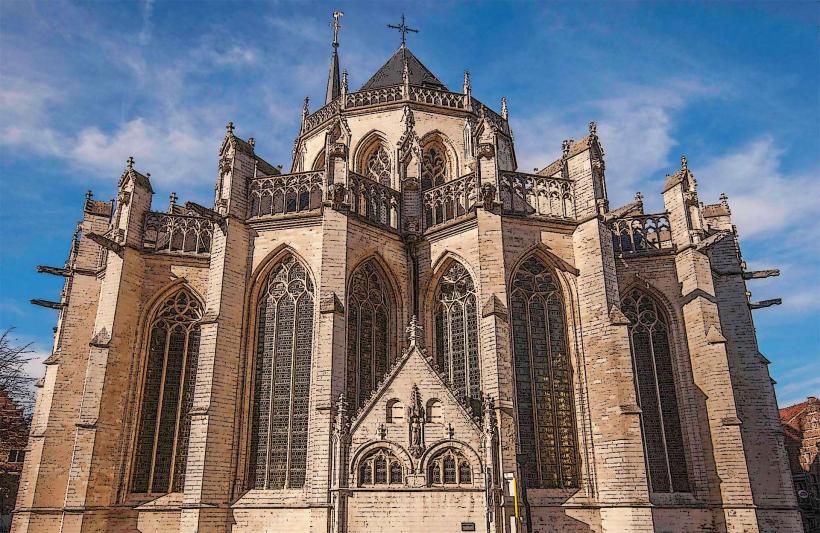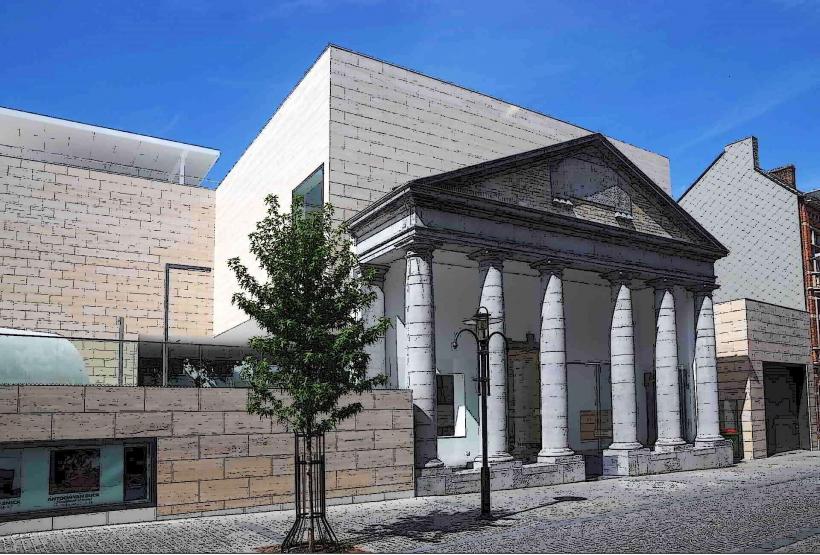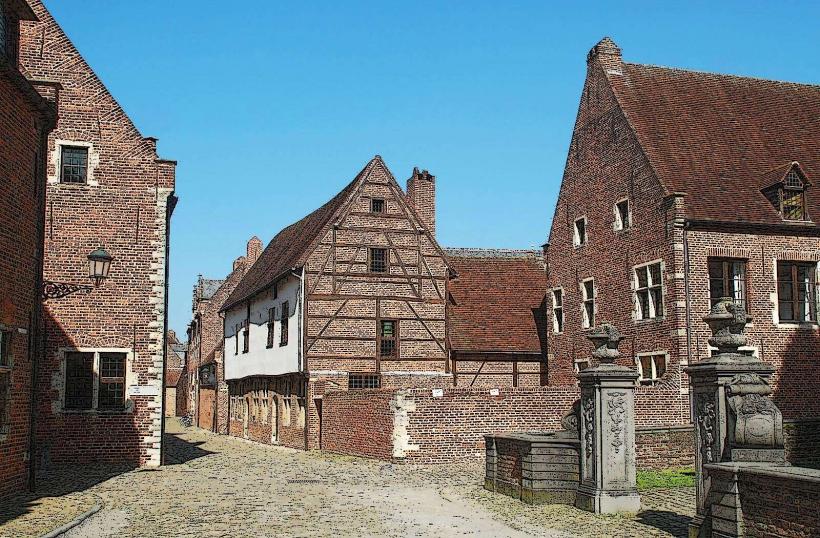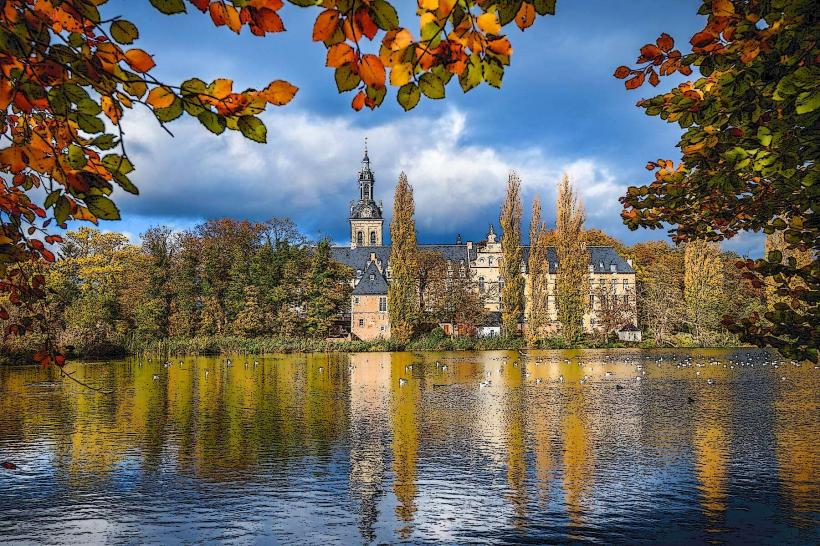Information
Landmark: Kruidtuin (Botanical Garden)City: Leuven
Country: Belgium
Continent: Europe
The Kruidtuin (Botanical Garden) in Leuven, Belgium, is a peaceful and picturesque public garden that holds historical and botanical significance. Established as the first botanical garden in Belgium, the Kruidtuin has been a space for both scientific research and public enjoyment for centuries. It is one of the most cherished green spaces in Leuven, offering visitors a chance to explore a diverse collection of plants, relax, and enjoy nature.
History and Origins
- Founding: The Kruidtuin was founded in 1738 by the University of Leuven as a medicinal garden for research and educational purposes. It was initially designed to support the study of botany and the use of plants for medical and pharmaceutical applications. The garden was originally located near the university’s medical faculty and played an important role in the education of medical students.
- Early Development: The garden was established by Professor Michael Faber, who is credited with bringing the idea of a botanical garden to Leuven. Over the years, it evolved from a small collection of medicinal plants into a much larger and more diverse garden.
- 19th Century Expansion: In the 19th century, the garden expanded and became more organized, with various sections dedicated to different types of plants, including tropical plants, exotic species, and medicinal herbs. During this time, it became a key location for scientific study and the exchange of knowledge in the field of botany.
Design and Layout
Botanical Diversity: The Kruidtuin is home to over 1,800 species of plants, including a wide variety of flowers, shrubs, trees, and herbs from different regions of the world. It is organized into several thematic sections, each designed to highlight a specific aspect of plant life:
- Medieval and Medicinal Plants: The garden preserves a section dedicated to the plants that were traditionally used in medicinal practices, reflecting the original purpose of the garden.
- Tropical Plants: One of the highlights of the garden is its collection of tropical plants housed in a special section. Visitors can discover species from warmer climates, including vibrant flowers, palms, and ferns.
- Alpine Plants: Another section of the garden showcases alpine plants, providing a glimpse into the flora of mountainous regions.
- Herbaceous Borders and Flowerbeds: The garden features beautifully maintained flowerbeds and herbaceous borders, which display plants from various regions and climates.
Greenhouses: The garden also includes greenhouses that allow for the cultivation of more sensitive species, such as tropical and subtropical plants, that cannot survive the colder climate of Belgium. These greenhouses are an integral part of the botanical research and conservation efforts of the garden.
Fountain and Pond: In the center of the garden, there is a charming pond and fountain, surrounded by neatly arranged plant beds. This serene feature adds to the garden’s tranquil atmosphere and provides a peaceful place to sit and enjoy nature.
Thematic Gardens: Over the years, the Kruidtuin has added thematic gardens that explore the connections between plants and various aspects of human culture. These gardens explore how plants have been used in literature, art, and philosophy, showcasing the deep relationship between nature and human creativity.
Botanical Research and Education
- Educational Role: Throughout its history, the Kruidtuin has played an important role in botanical research and education. As the first botanical garden in Belgium, it was used by university students for both academic research and hands-on learning in the fields of botany, medicine, and pharmacology.
- Today, the garden continues to serve as an educational resource, providing opportunities for students and visitors to learn about plant biology, conservation, and environmental sustainability.
- Research: The Kruidtuin is involved in botanical research, often focusing on plant species that are endangered, rare, or of particular scientific interest. The garden’s role in preserving plant diversity has helped contribute to global efforts in plant conservation.
Visitor Experience
Relaxing and Scenic Space: The Kruidtuin is a popular destination for both locals and tourists looking to relax in nature. The peaceful atmosphere, combined with the lush greenery and vibrant plant life, makes it an ideal spot for picnics, walks, and leisurely exploration.
- The garden offers benches and shaded areas where visitors can sit and enjoy the surroundings. It is also a popular spot for photography, as the seasonal changes bring different flowers and plants into bloom throughout the year.
Seasonal Changes: The Kruidtuin is a garden that changes with the seasons, offering visitors a different experience depending on the time of year. In spring and summer, the garden is in full bloom, with a wide range of flowers and plants creating a vibrant, colorful atmosphere. In the fall and winter, the garden’s quieter atmosphere provides an opportunity to appreciate the more structured aspects of the landscape, such as tree shapes and the lingering presence of hardy plants.
Guided Tours and Events: The Kruidtuin hosts guided tours and workshops where visitors can learn more about the various plants, their uses, and their history. There are also events such as botanical exhibitions and plant fairs, which allow the public to engage with experts in the field of botany.
Key Features and Attractions
Historical Significance: The Kruidtuin is not just a botanical garden but also an important part of Leuven's history. Its long legacy as a site of botanical research, education, and conservation makes it a historically significant location.
Plant Collections: Visitors can explore a diverse collection of plants, from medicinal herbs to exotic tropical species. The variety of plants makes it an ideal place for anyone interested in botany or simply in need of a relaxing stroll through nature.
Herb Garden: The herb garden section is particularly notable for showcasing a wide range of plants used in traditional medicine, cooking, and cosmetics. The plants are often marked with signs that explain their medicinal or cultural uses, providing an educational experience for visitors.
Location and Accessibility
Address: The Kruidtuin is located at Kapucijnenvoer 30, 3000 Leuven, in the city center of Leuven, near the Leuven University.
Public Transport: The garden is easily accessible by foot from the city center and is within walking distance from Leuven’s main train station. Public buses also serve the area, making it convenient to reach for visitors traveling by public transport.
Opening Hours: The Kruidtuin is open year-round, with access typically available from morning until evening. Specific opening times may vary depending on the season, so it is advisable to check the garden's website for the most up-to-date information.
Conclusion
The Kruidtuin (Botanical Garden) in Leuven is a beautiful and historically significant green space that offers visitors a chance to explore the rich diversity of plant life. From its origins as a medicinal garden for the University of Leuven to its current role as a peaceful retreat and botanical research center, the Kruidtuin remains an important site for both scientific study and public enjoyment. Whether you're interested in botany, looking for a relaxing stroll, or simply seeking to enjoy the beauty of nature, the Kruidtuin provides a tranquil and educational experience in the heart of Leuven.

